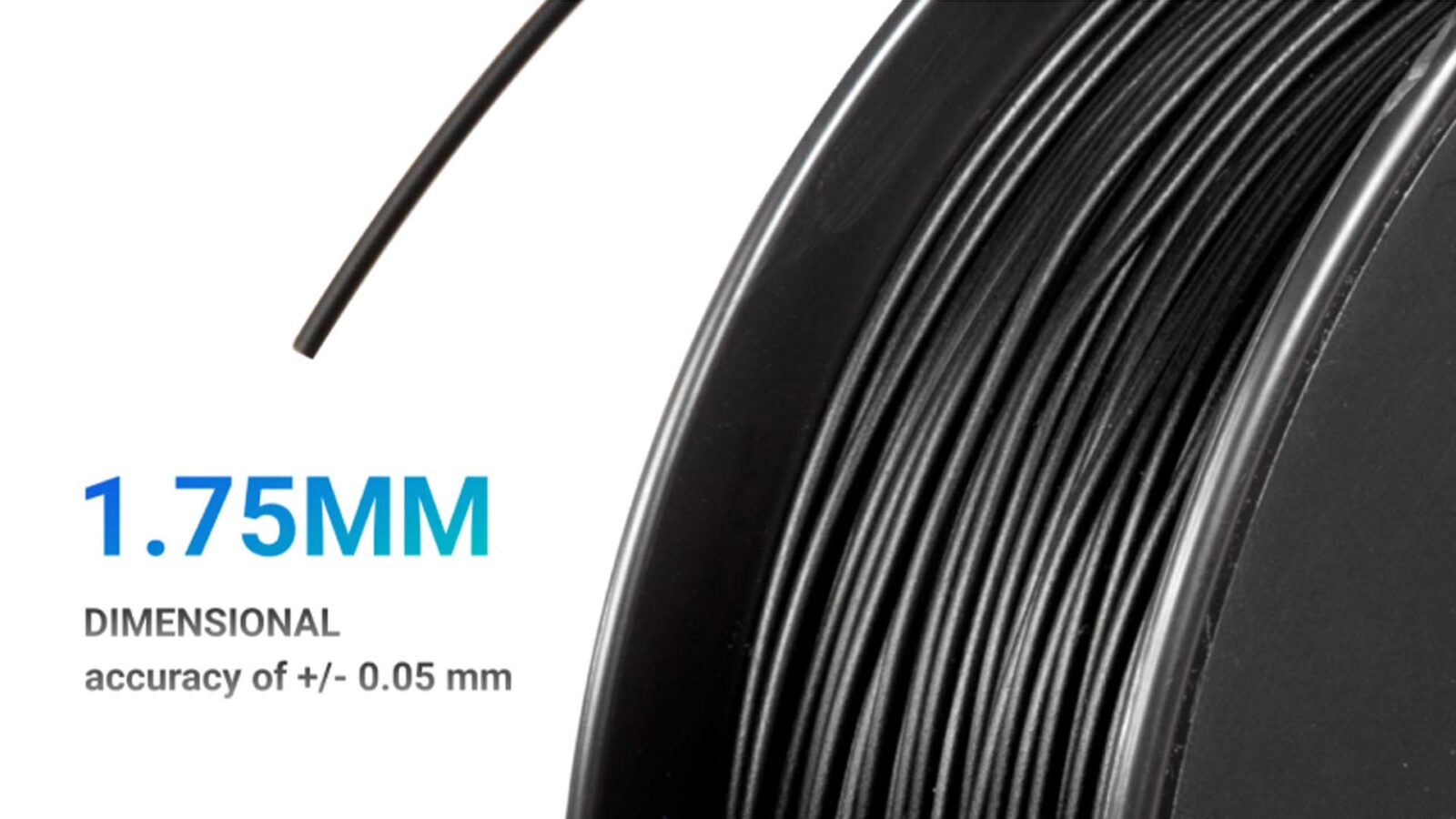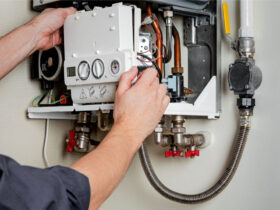The magic of 3D printing lies not just in the intricate dance of the printer’s mechanisms, but also in the remarkable materials it brings to life. At the heart of this material world is 3D printer filament, the lifeblood of fused deposition modeling (FDM) printing – the most common type of 3D printing for hobbyists and professionals alike. Choosing the right filament is paramount to the success of any 3D printing project. Just as a painter meticulously selects their paints, or a sculptor their clay, understanding the diverse landscape of 3D printer filaments is crucial for achieving desired results.
The market is awash with options, each filament type boasting unique properties, strengths, and weaknesses. For newcomers, and even seasoned enthusiasts, navigating this array can be daunting. This ultimate guide aims to demystify the world of 3D printing filament, providing a comprehensive overview of the most common types, their characteristics, and how to choose the perfect one for your next creation. We’ll delve into the properties, pros and cons, ideal applications, printing difficulty, and temperature ranges of the most popular filaments, including PLA, ABS, PETG, TPU/Flexible filaments, Nylon, and Polycarbonate, setting you on the path to 3D printing mastery.
PLA (Polylactic Acid): The Beginner-Friendly Champion
Properties: PLA is known for its rigidity and relatively brittle nature. It excels at printing intricate details and sharp corners, making it perfect for visually appealing models. It boasts a smooth surface finish straight off the printer, reducing the need for extensive post-processing.
Pros: The primary advantage of PLA is its ease of use. It prints at relatively low temperatures, minimizing warping and making it compatible with a wide range of 3D printers, even those without heated beds. Its biodegradability appeals to environmentally conscious users, and it comes in a vast spectrum of vibrant colors and even interesting blends like wood-filled or glitter-infused options.
Cons: PLA’s primary drawback is its low heat resistance. It begins to soften at temperatures above 50-60°C, making it unsuitable for functional parts exposed to heat or direct sunlight. Its brittle nature means it’s not ideal for parts requiring high impact resistance or flexibility. It’s also not recommended for outdoor use as it can degrade over time in the elements.
Applications: PLA shines in applications where aesthetics are paramount. Think decorative items, figurines, prototypes for visual assessment, educational models, and toys that don’t require significant durability or heat resistance. It’s perfect for beginner projects and rapid prototyping where visual fidelity is key.
ABS (Acrylonitrile Butadiene Styrene): The Durable Workhorse
Properties: ABS is tougher and more impact-resistant than PLA. It exhibits good flexibility and can withstand higher temperatures before deforming. However, it is prone to warping, especially larger prints, and requires a heated bed and often an enclosure for optimal results.
Pros: ABS’s strengths lie in its durability and heat resistance. Parts printed in ABS can withstand more wear and tear, and function in environments where PLA would soften or fail. It’s also soluble in acetone, allowing for surface smoothing and bonding techniques.
Cons: Printing with ABS is more challenging than PLA. It requires higher printing temperatures and a heated bed to prevent warping and bed adhesion issues. ABS also releases fumes during printing, requiring good ventilation. It’s less environmentally friendly than PLA due to its petroleum origin.
Applications: ABS is the go-to filament for functional parts, mechanical components, enclosures for electronics, toys designed for rough play, automotive parts, and anything requiring strength and heat resistance. Think gears, clips, housings, and components that need to withstand some abuse.
PETG (Polyethylene Terephthalate Glycol-modified): The Best of Both Worlds
Properties: PETG is stronger and more impact-resistant than PLA and boasts better flexibility than ABS. It has good chemical resistance and lower warping tendency compared to ABS. Some grades are even food-safe, expanding its application range.
Pros: PETG offers a fantastic combination of properties. It’s relatively easy to print, adheres well to the print bed, and exhibits good layer adhesion, leading to strong and water-tight prints. It’s more durable and heat-resistant than PLA and less prone to warping than ABS. Food-safe options are available, making it suitable for containers and utensils.
Cons: PETG can be more prone to stringing than PLA, requiring careful retraction settings. It is also slightly more sensitive to moisture than PLA and can become brittle if exposed to excessive humidity.
Applications: PETG is incredibly versatile. It’s excellent for functional parts requiring strength and some flexibility, mechanical components, water bottles, food containers (food-safe grades), outdoor parts due to its UV resistance, and anything requiring a balance of durability and ease of printing.
TPU/Flexible Filaments (Thermoplastic Polyurethane): Embrace Elasticity
Properties: TPU filaments are characterized by their flexibility and elasticity. They are highly impact-resistant, offer excellent vibration dampening, and are durable and resistant to wear and tear.
Pros: The unique advantage of TPU is its flexibility. This allows for printing parts that can bend, stretch, and compress. They are excellent for creating parts that need to absorb impacts or provide a soft, tactile feel.
Cons: Printing with flexible filaments can be more challenging. They are prone to buckling in Bowden-style extruders and are best printed with direct drive extruders. Stringing and “oozing” can also be common issues. Slower print speeds are usually required.
Applications: TPU is ideal for phone cases, gaskets, seals, wearables (like wristbands), tires for RC cars, flexible hinges, vibration dampening components, and anything requiring a rubber-like feel and flexibility.
Nylon (Polyamide): Engineering Grade Powerhouse
Properties: Nylon boasts incredible strength and durability. It is highly resistant to abrasion and chemicals, exhibits good flexibility, and can withstand high temperatures. However, it is significantly hygroscopic, meaning it readily absorbs moisture from the air.
Pros: Nylon’s defining characteristic is its extreme durability. It produces parts that are incredibly strong, wear-resistant, and heat resistant. It’s ideal for functional prototypes and end-use parts in demanding environments.
Cons: Printing nylon is considerably more challenging. Its hygroscopic nature necessitates careful storage and drying before and during printing. It requires high printing temperatures and a heated bed, and strong bed adhesion is crucial to combat warping.
Applications: Nylon is used for gears, bearings, functional prototypes requiring ultimate strength, tools, durable parts, and high-stress applications where other filaments would fail. Think robust mechanical components and parts designed for demanding environments.
Choosing Your Filament: A Material World Awaits
Understanding the nuances of different 3D printer filament types is essential for unlocking the full potential of your 3D printer. From the beginner-friendly PLA to the engineering-grade Polycarbonate, each material offers a unique set of properties and applications. By carefully considering the requirements of your project – strength, flexibility, heat resistance, aesthetics, and ease of printing – you can confidently choose the perfect filament and bring your digital designs into tangible reality. Experimentation and exploration are key; the world of 3D printing filament is vast and constantly evolving, offering endless possibilities for innovation and creation.




